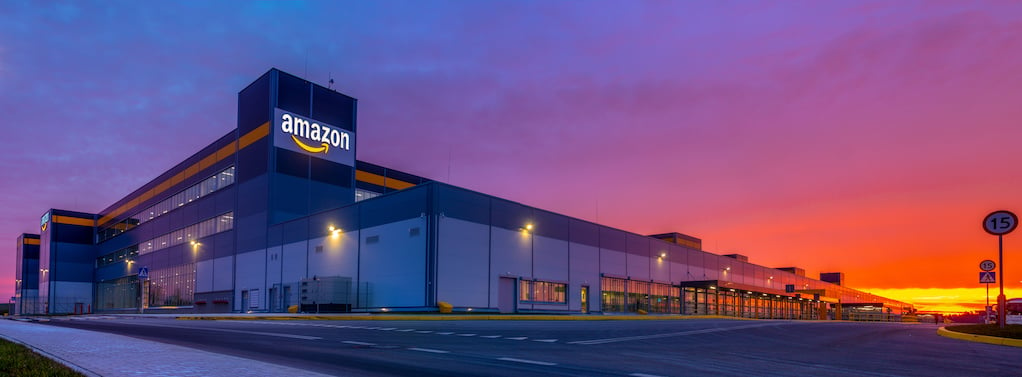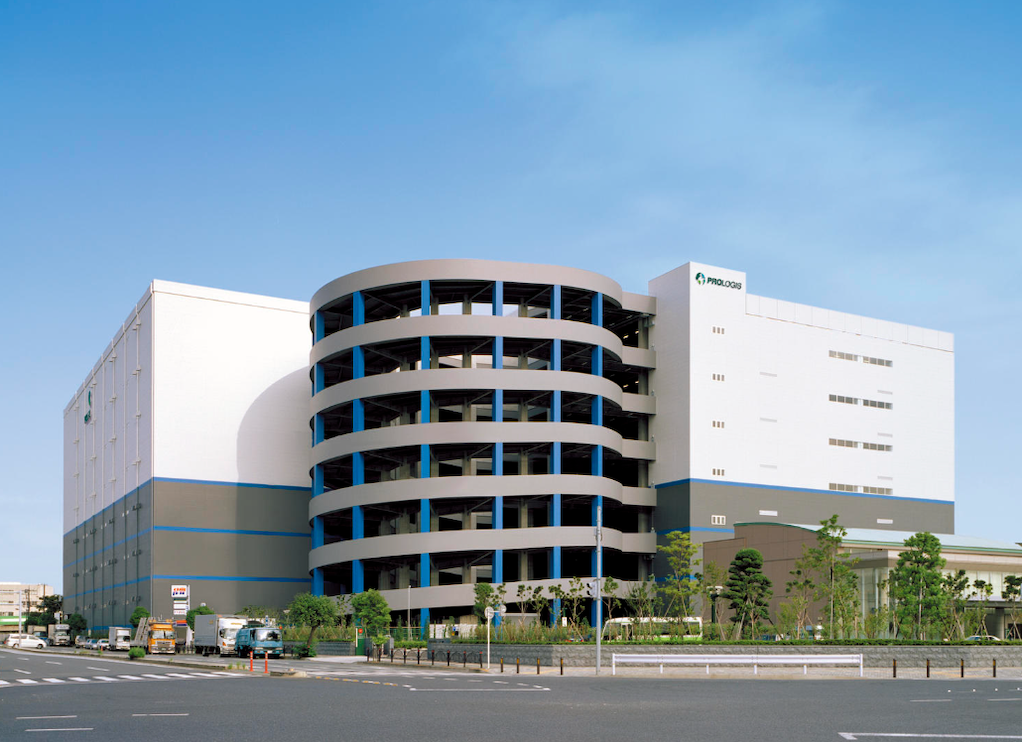Multi-story warehouses are complicated, but retail-giant Amazon has a monopoly on the quickly emerging industrial subtype. And when it comes to the sector, what Bezos says goes in terms of warehouse productivity standards.
So as Amazon ramps up construction in what could be the future of industrial evolution, will their total-rule on the multi-story warehouse class influence their competitors to hasten the construction of similar facilities?
Is Amazon’s supremacy a catalyst for multi-story warehouses to become the norm? Eh, probably not, yet. Let’s discuss.
The Demand for Warehouse Space is Soaring
As the commercial real estate landscape continues to evolve, warehouses are at the forefront of a technological revolution. And just as the leasing dynamics of the office market are being driven by a flight-to-quality, so is the industrial space.
This transformation has redefined the standard for warehouse spaces, and businesses are prioritizing modern, high-quality facilities that integrate advanced technologies to optimize efficiency and sustainability. Learn more about how the priorities warehouse tenants have are adapting.
This adaptation shifted power into the hands of those who could promise fast, effective delivery. Companies raced to secure this promise with increased pressure on the number and functionality of their warehouses.
Obviously then, stand-outs emerge, and when it comes to manufacturers, one name has ubiquitous total-rule, Amazon.

At the same time, competition for warehouses post-pandemic has been incredibly tight and vacancies have reached 27-year lows, according to theRealDeal.
So, industrial continues to be the safest and strongest investment for commercial developers. With hundreds of millions of square feet under construction (and more in the pipeline in the coming years), the industrial sector is set to dominate a massive land share. But, the question emerges, is there enough land to support such rapid production?
And, as onshoring continues, how can we maintain the American supply chain network without domineering the country’s available space? Well, the solution now may be tapping into vertical space.
Are Multi-story Warehouses the Solution?
Just as massive skyscrapers allow cities to get as much use of the land as possible, building vertically allows developers to fully take advantage of the space they have and circumvent challenges with disposition.
|
“Multi-story warehouses are arguably the only way to increase the amount of functional space without encroaching on more valuable land for residential and other commercial development that can fetch higher rent.” -GlobeSt |
Some argue that multi-level warehouses are the key to unlocking new productivity within a limited footprint. And multi-story warehouses aren’t necessarily new. They are common throughout Asia where chronic land shortages and building restrictions are the norm. However, they are still novel to the U.S. Prologis recently constructed the country’s first multi-level industrial warehouse in Seattle. The 590,000 square feet facility includes office, manufacturing, and warehousing space.

The cutting-edge facility is three levels, with the first two floors dedicated to fulfillment. It is supported by elevators, ramps, equipment rooms, and stair towers that make multi-story work possible.
But, not to be surpassed in the industrial sector, Amazon has gone all in on multi-story warehouses. And now, the behemoth is dominating the market share of multi-story warehouses in development, with 70 percent of projects under construction.
|
“It (Amazon) occupies 92 percent, or 75 million square feet, of Class A warehouse distribution properties with 3+ floors.” -GlobeSt |
Such an overwhelming presence is triggering competitors’ interest in the field. However, multi-story warehouses are not without their challenges. And just as the warehouses get bigger, so do the concerns.
More Warehouse Floors, More Problems
While multi-story warehouses represent a possible solution for warehouse demand, they are not without their own issues.
Not only are they more expensive to plan and build, but there are other issues with safety codes and structural support. There are extensive challenges with earning approval for construction (from codes to the court of public opinion). Everything from zoning issues according to the appropriate height of commercial buildings to concerns over how the new facility may amplify traffic issues, comes into play.
If you do climb impossible hurdles to get it approved, then you must deal with the cost.
|
“Building a two-story structure can cost $150 per square feet more than the traditional single-level facility because of higher material and construction costs that come with double-decking.” -FreightWaves |
The multi-layer system complicates design significantly. Especially since the standard for multi-tier warehouses so far has been one that is functional for trucks to navigate. Turning and docking then becomes a challenge.
“Building a large distribution center outside of an urban core is easier and cheaper.” GlobeSt

It comes down to that, land scarcity will likely need to become a far-more pronounced issue before, multilevel warehouses become worth it for most companies. Let’s face it, few manufacturers have the resources of Amazon. And many businesses would rather invest in a modern, smart warehouse which is roughly tantamount in cost and functionality to a multilevel warehouse.
|
“The big concern for developers is how shallow the target market of tenants is for these facilities. It’s really a market of one right now, but where Amazon goes, others will adapt and follow.” -GlobeSt |
So, the pool of prospective buyers is probably too limited to see massive construction take action, but it may be on the horizon.
Do Multi-story Warehouses Have a Future?
With multiple multi-story warehouses under construction, the process will likely become smoother as more facilities are finished in years to come. So, they likely will become more common and Amazon’s supremacy can undoubtedly play a role in doing so. Because they have already seen increased efficiency in out-of-the-box, multi-tiered facilities.
|
“The extra floors not only add space to keep a larger amount of goods on hand close to customers in major cities, but they also add room for the kinds of robotic equipment that speeds up the process of sorting, picking, and packing hundreds of thousands of orders each day.” -GlobeSt |
Amazon’s new facilities also work around the issues with trucking and ramps. Rather than giving vehicles access to internal facilities, they are taking advantage of the extra space for empowering “lightning-fast shipment.” And as delivery timeframes continue to shrink, any kind of system that can support last-mile distribution, will garner significant interest.
What Tenants Should Know About Multi-story Warehouses
While multilevel warehouses allow businesses to fully capitalize on their square footage, they are not a solution that will work for everyone (and everywhere). Their cost is not yet widely worth it and only time will tell if multi-story warehouses are the industrial buildings of the future.
However, they represent an important step around land scarcity challenges, which are sure to become more common. So, who knows, maybe they’ll be a three-floored warehouse looming over your neighborhood soon.
Commercial real estate trends are moving through the marketplace at record speed. We don’t blame you if it feels impossible to keep up. Luckily, our job is to leverage market intelligence to stay on top of trends and find CRE solutions, so you don’t have to. Subscribe to our blog to keep up with the latest CRE trends!
To stay on top of the evolving demand for warehouse space, corporate tenants need to become aware of the factors that influence their position. Learn everything you need to know about optimal warehouse locations in our free video course and get insight on what to do when touring your next warehouse space!









